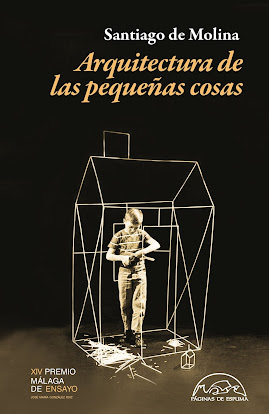El recorrido etimológico del término atraviesa continentes y siglos sufriendo delicadas mutaciones. El “pardesu” indoeuropeo fue adoptado por el griego como “parádeisos”, y más tarde traducido al latín como “paradisus”. Desde ahí llegó al francés antiguo, de donde proviene la casi desaparecida palabra “parvis”. Todas ellas conservan el significado de "recinto protegido". En el espacio del parvis, se debatía, se comerciaba, se realizaban representaciones teatrales y hasta juicios. Era un espacio "sagrado" anterior al espacio del templo y de hecho allí uno quedaba a salvo de las exigencias legales de la ciudad para gozar del amparo de las leyes eclesiásticas. El viejo parvis de las iglesias se fue transformando a lo largo de los siglos y hoy se ha convertido en lo que se conoce como "explanada": un espacio previo a los edificios públicos que sirve como espacio de acogida de viajeros, turistas o visitantes.
El parvis, convertido en una cosa intermedia ya sin forma reconocible, es poco reivindicado por casi nadie. Sin embargo, es un tipo de espacio importante en cualquier ciudad que se precie de serlo, no porque permita sacar fotografías de los monumentos y edificios públicos con algo de espacio, sino porque son parte de lo público sin ser propiamente ni espacio de plaza ni de calle como tal. Lugares casi sin nombre, pero que no son ni mucho menos, "no lugares", resultan algo fantasmales pero no están muertos. Allí el griterío o los juegos de los niños no es bien recibido, una sutil sombra de dignidad aún flota en su ambiente, y permiten contemplar la ciudad y disfrutar de sus recodos sin la urgencia del paso apresurado. El parvis, o lo que queda de el, tiene algo de isla dentro del fragor ciudadano. Por eso, si camina entre algún edificio público y de pronto parece que algo a su alrededor le invita a ir algo más sosegado, mire a su alrededor. Tal vez se trate de un parvis que tira, silencioso, de la manga de su chaqueta.
The etymological journey of the term crosses continents and centuries, undergoing subtle mutations. The Indo-European “pardesu” was adopted by the Greeks as “parádeisos,” and later translated into Latin as “paradisus.” From there, it made its way to Old French, from which the nearly obsolete word “parvis” originates. All of these terms retain the meaning of "protected enclosure." In the space of the parvis, debates were held, commerce thrived, theatrical performances took place, and even trials were conducted. It was a "sacred" space preceding the temple grounds, where one was safe from the city's legal demands, enjoying the protection of ecclesiastical laws. Over the centuries, the old church parvis transformed and has now become what we know as the "esplanade": a space in front of public buildings serving as a welcoming area for travelers, tourists, or visitors.
The parvis, now an intermediate space with no recognizable form, is seldom celebrated by anyone. However, it remains an important type of space in any city worth its name, not because it allows for photographs of monuments and public buildings with some breathing room, but because it is part of the public domain without being strictly a plaza or street. These almost nameless places, far from being "non-places" possess a somewhat ghostly quality but are not dead. While the clamor of children playing is not welcome there, a subtle aura of dignity still lingers. They allow one to observe the city and enjoy its nooks without the urgency of hurried steps. The parvis, or what remains of it, is like an island amid the urban bustle. So, if you walk past a public building and suddenly feel an invitation to slow down, look around. It might be a parvis quietly tugging at your sleeve.










































































































